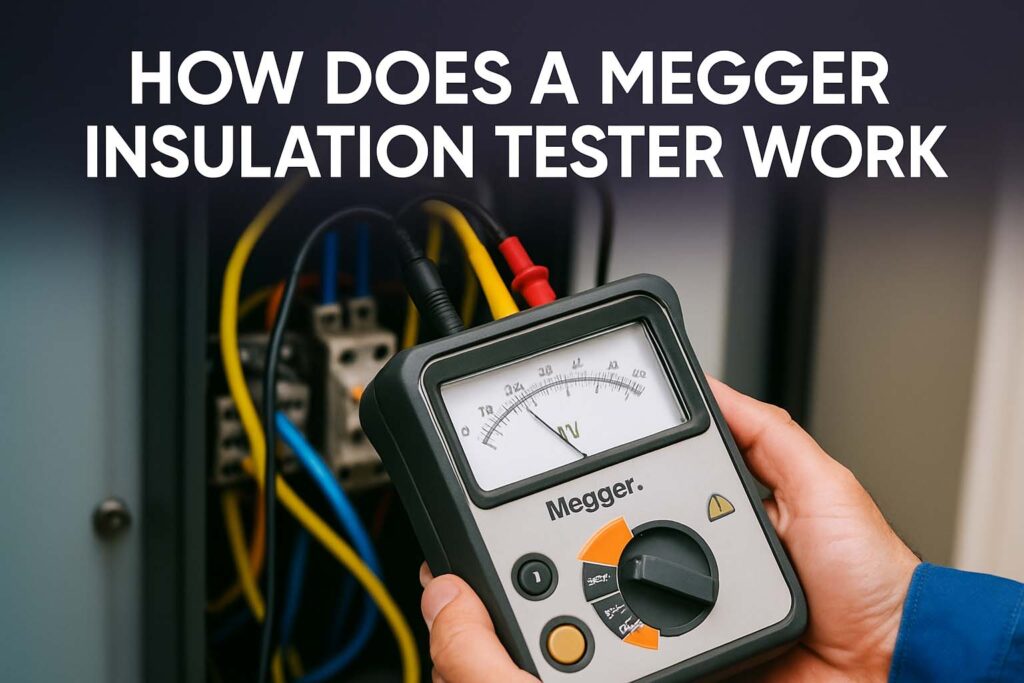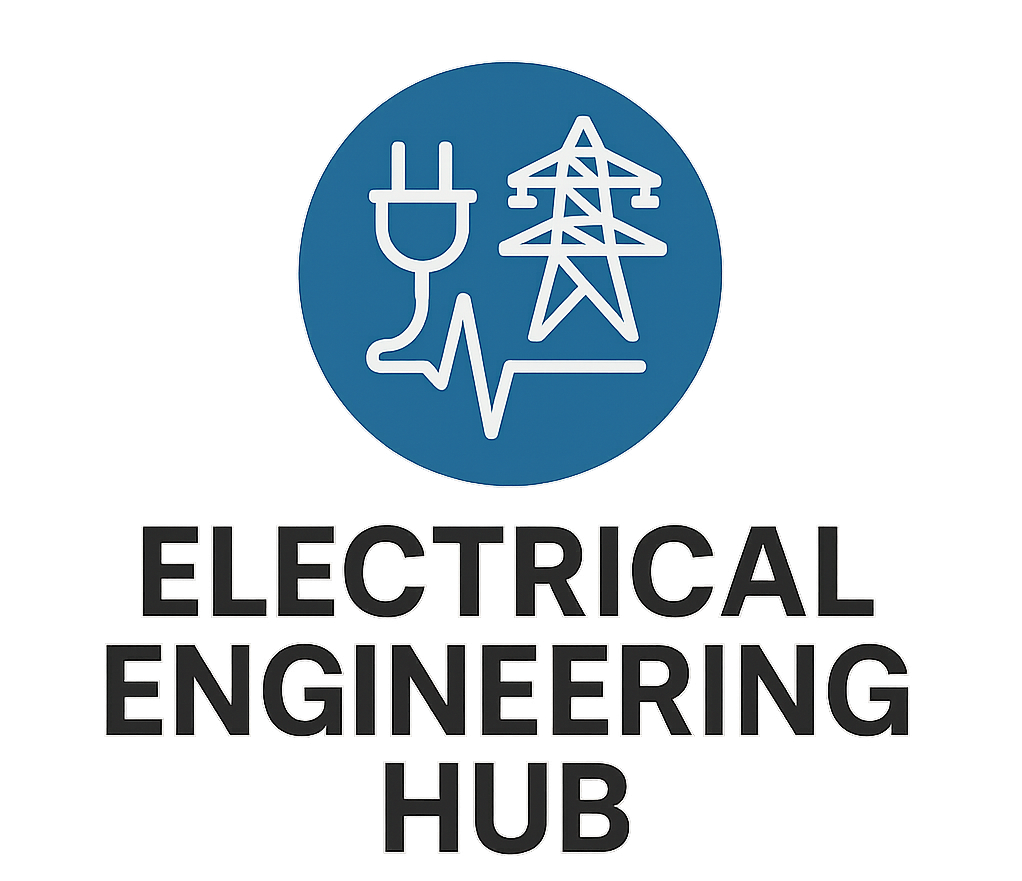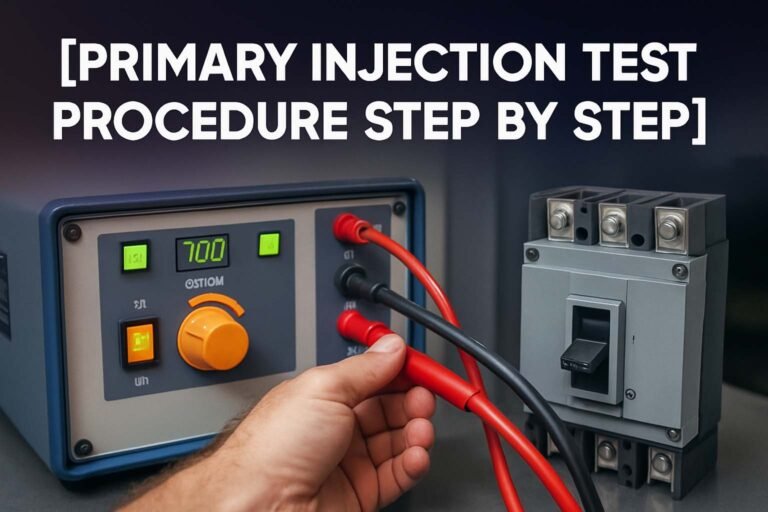How Does a Megger Insulation Tester Work
A megger insulation tester is a vital instrument used in electrical engineering. It checks the integrity of insulation in wires, cables, and electrical components. Insulation problems can cause current leakage, faults, or even fires. That’s why insulation testing is critical for safety and performance. This article explains how a megger insulation tester works, why it’s important, and how it’s used in the field.
Table of Contents
Table of Contents

What Is a Megger Insulation Tester?
A megger insulation tester is a high-voltage device that measures the resistance of electrical insulation. It works by applying a known DC voltage and measuring the resistance in megohms (MΩ). The higher the resistance, the better the insulation. A good insulation system resists current flow, while damaged or aged insulation allows leakage current to pass through.
Electricians, maintenance engineers, and test professionals use meggers during installation, routine checks, and troubleshooting.
Principle of Operation of a Megger Insulation Tester
The basic principle behind a megger insulation tester is Ohm’s Law:
Resistance (R) = Voltage (V) ÷ Current (I)
The megger applies a high DC voltage (typically 250V, 500V, 1000V or even higher) between the conductor and the insulation. It then detects the leakage current that flows due to this voltage. Since the voltage is known and the current is measured, the resistance is calculated.
Know more about IEC Standard for Protection Relays
A typical megger has:
- A voltage generator (manual or electronic)
- Measurement circuitry
- A digital or analog display
Why Use a Megger Instead of a Multimeter?
Many people ask why they can’t just use a standard multimeter. A multimeter measures resistance but at low voltage (around 3V to 9V). This is not enough to reveal weaknesses in insulation. A megger pushes a high DC voltage that can detect micro cracks, moisture paths, and carbon tracking. It stresses the insulation enough to expose faults that wouldn’t show under normal operating voltage.
Here’s a quick comparison:
| Feature | Multimeter | Megger Insulation Tester |
|---|---|---|
| Test Voltage | 3–9 V (low) | 250V–5000V (high) |
| Insulation Testing | Not suitable | Ideal and accurate |
| Application Area | Low-voltage circuits | High-voltage systems |
| Detects Insulation Weakness | No | Yes |
Know more about Megger DLRO10
Main Components of a Megger Insulation Tester
Understanding the internal parts helps explain how it functions:
1. Voltage Source
The internal generator creates high-voltage DC for testing. In analog meggers, it is driven by a hand crank. Digital ones use batteries and electronic circuits.
2. Measuring Circuit
This circuit measures leakage current and calculates resistance.
3. Display Unit
This can be analog (needle) or digital (LCD). It shows the resistance value in MΩ.
4. Test Leads
They connect the tester to the equipment being tested. Usually, two leads are used: one for the conductor and one for the ground or another conductor.
How to Use a Megger Insulation Tester
Using a megger insulation tester is straightforward but must be done carefully. Safety is a priority. Always ensure the equipment is de-energized before testing.
Step-by-Step Process:
- Turn off the power to the circuit.
- Disconnect the cables or isolate the equipment to avoid parallel paths.
- Connect the test leads:
- One to the conductor
- One to the ground or sheath
- Select the appropriate test voltage based on the system rating.
- Press the test button or crank the handle.
- Read the resistance value on the display.
A high resistance (in the hundreds of megaohms) indicates good insulation. Low resistance (less than 1 MΩ) shows damaged or wet insulation.
Know more about IEC 62368 1 Leakage Current
Typical Insulation Resistance Values
| Voltage Rating of Equipment | Minimum Insulation Resistance |
|---|---|
| 250V | 1 MΩ |
| 500V | 1 MΩ |
| 1000V | 1 MΩ |
| 11kV | >100 MΩ |
Remember, these are general guidelines. Always refer to manufacturer standards or IEC/IEEE standards for specific values.
Types of Insulation Tests Using Megger
A megger insulation tester is used in various test formats depending on the objective:
1. Spot Reading Test
A quick test taken at one moment. It gives a snapshot of insulation quality.
2. Time-Resistance Test
Resistance is recorded at fixed intervals. A steady or rising value indicates good insulation. A falling value means insulation may be breaking down.
3. Polarization Index Test
Resistance at 1 minute divided by resistance at 10 minutes. A PI value >2 is good. Less than 1.5 signals insulation deterioration.
4. Step Voltage Test
Multiple voltages are applied in steps. Each step should show similar resistance. A drop indicates insulation weakness at higher voltages.
Know more about Demand Factor as Per NEC
Applications of Megger Insulation Tester
The megger insulation tester is used across industries, including:
- Power plants and substations
- Motor and generator testing
- Transformer insulation testing
- Cable testing in buildings and plants
- Switchgear and panel insulation checks
- Commissioning of new installations
- Preventive maintenance programs
It ensures reliability and reduces the risk of failure or electrical accidents.
Common Causes of Low Insulation Resistance
If a megger shows low resistance, possible reasons include:
- Moisture inside cables or insulation
- Cracks in insulation due to aging
- Mechanical damage
- Dust and carbon tracking
- Chemical contamination
- Poor workmanship during installation
Regular testing helps identify these issues before a breakdown occurs.
Know more about Article 220
Safety Precautions While Using Megger
High voltages can be dangerous. Always follow these precautions:
- Never test a live circuit.
- Use proper personal protective equipment (PPE).
- Ensure equipment is grounded before and after the test.
- Discharge capacitors before testing.
- Do not touch test leads or equipment under test during operation.
A megger insulation tester is safe when used correctly. But incorrect usage can lead to shock or damage to equipment.
Advantages of Megger Insulation Tester
Here are the benefits of using this tester:
- Quick and reliable results
- Detects early-stage insulation breakdown
- Reduces downtime by preventive detection
- Easy to operate in field conditions
- Long-lasting and rugged design for industrial use
Choosing the Right Megger Insulation Tester
When selecting a tester, consider:
- Voltage range needed (250V to 5kV)
- Digital or analog display preference
- Automatic PI and DAR calculations
- Portability for field work
- Battery life for longer operation
- Data logging and USB connectivity for records
Popular brands include Megger, Fluke, Hioki, Kyoritsu, and Chauvin Arnoux.
Know more about DLRO10
Final Thoughts
The megger insulation tester is one of the most trusted tools in electrical maintenance. It gives deep insight into the health of insulation systems. Using it properly ensures the safety of equipment and personnel. Whether you’re testing cables, motors, or switchgear, the megger helps you detect faults before they cause bigger problems.
Follow Us on Social:
Subscribe our Newsletter on Electrical Insights for latest updates from Electrical Engineering Hub
#MeggerInsulationTester, #InsulationTesting, #ElectricalTesting, #MeggerTest, #ElectricalSafety, #InsulationResistance, #MeggerWorking, #TestEquipment, #ElectriciansTools, #HighVoltageTesting, #MeggerBasics, #ElectricalMaintenance, #IndustrialTesting, #ElectricalEngineering, #HowMeggerWorks






